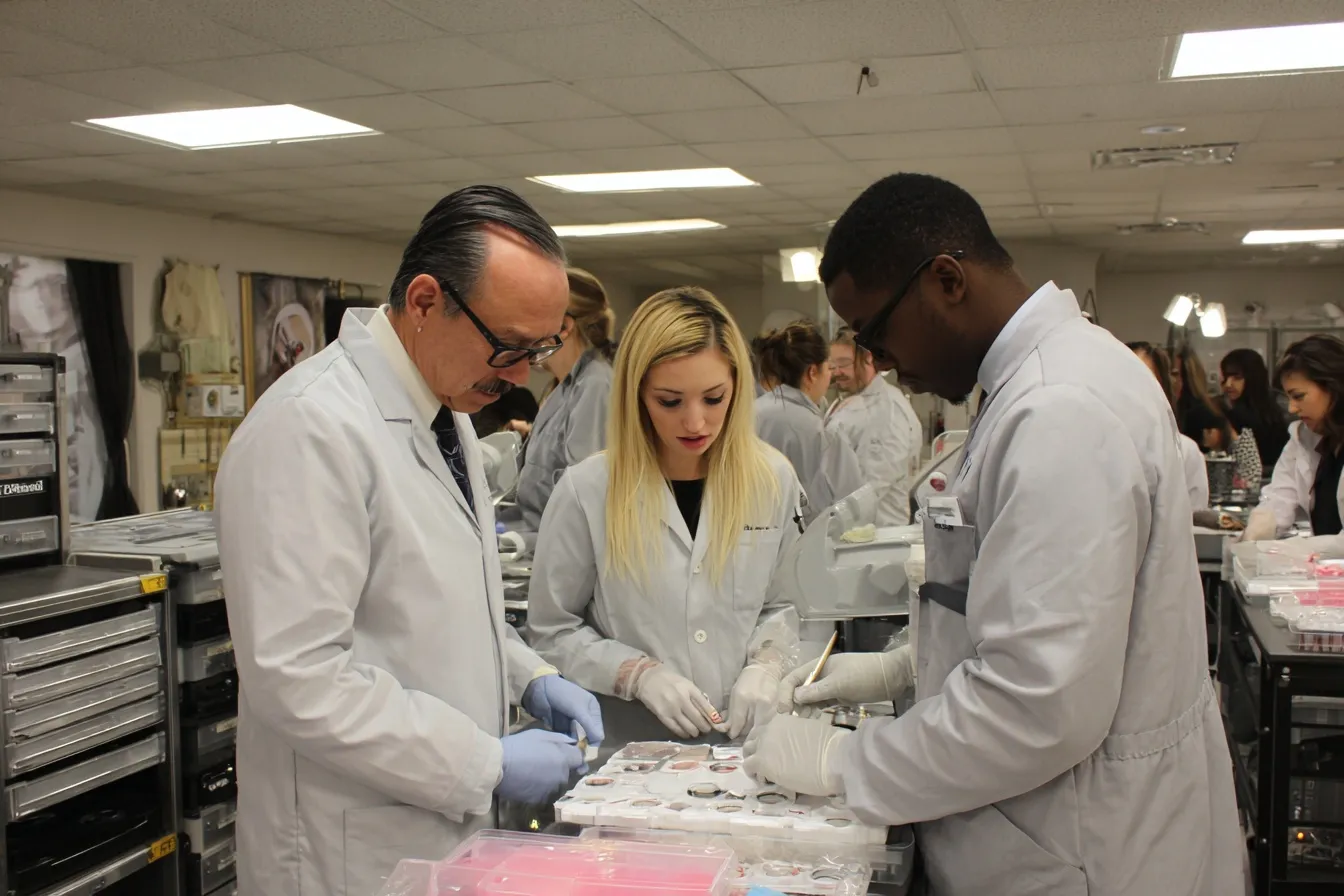Surface Area of Revolution Calculator - Rotate 2π Online Tool

The Surface Area of Revolution Calculator clicked for me when a student asked, "How do we find the surface area of a vase created by spinning a curve?" That question led to a deeper understanding of surface‑of‑revolution calculations. Whether you're modeling rotational surfaces in engineering design or tackling advanced calculus, computing the surface area formed by rotating a curve around an axis demands precise integration techniques.
This rotational surface tool isn't just for academic exercises. From architectural dome calculations to manufacturing cylindrical containers, understanding how curves create 3D surfaces through rotation provides essential insights for engineering applications, mathematical modeling, and advanced geometric analysis in professional settings.
How Do You Use the Surface Area of Revolution Calculator?
Using our rotational surface tool requires understanding the fundamental setup. First, enter your function f(x) in proper mathematical notation, then specify your integration bounds and rotation axis. The surface area calculator automatically applies the appropriate formula - either S = 2π ∫ f(x) √(1 + (f'(x))²) dx for x-axis rotation or S = 2π ∫ x √(1 + (f'(x))²) dx for y-axis rotation. For complex integrations that arise in these calculations, complement this with our comprehensive integral calculator for detailed step-by-step integration solutions.
What are the Key Features of Our Rotational Surface Tool?
Our surface area calculator combines advanced calculus computation with practical engineering applications. We continuously enhance this rotational surface tool to meet the demanding requirements of students and professionals in 2025.
- Multiple Axis Support: Calculate surface areas for both x-axis and y-axis rotations with automatic formula selection.
- Numerical Integration: Advanced algorithms handle complex functions that resist analytical integration.
- Step-by-Step Solutions: See detailed calculations showing derivative computation and integral setup.
- Engineering Precision: Six-decimal accuracy suitable for professional design applications.
What are the Main Applications of This Surface Area Calculator?
This versatile rotational surface tool serves crucial applications where precise surface area calculations determine project success and material requirements.
🔧How Does the Surface Area of Revolution Calculator Help in Engineering Applications?
Perfect for engineering applications involving rotational symmetry. When designing pressure vessels, storage tanks, or architectural domes, the surface area calculator provides precise material requirements for coating, insulation, or structural analysis. For related rotational volume calculations, use our specialized volume of revolution calculator for complete 3D analysis. Essential for manufacturing processes where surface treatments, material costs, and thermal calculations depend on accurate surface area measurements.
🎓Is This Tool Useful for Advanced Mathematics Students?
Excellent for mastering advanced calculus concepts involving surface area and solid geometry. Students can explore how different functions create unique rotational surfaces, building intuitive understanding of the relationship between 2D curves and 3D surface areas. The step-by-step solutions make it perfect for homework verification and exam preparation. For comprehensive integration practice, visit the MIT Multivariable Calculus Course for in-depth surface area theory and applications.
💼Why is This Tool Essential for Design Professionals?
This rotational surface tool is crucial for architects, product designers, and manufacturing engineers working with curved surfaces. When designing lighting fixtures, containers, or sculptural elements with rotational symmetry, precise surface area calculations ensure accurate material estimates and cost projections. For evaluating the definite integrals that arise in these calculations, complement this with our focused definite integral calculator for detailed numerical integration. The 30% reduction in calculation time becomes significant when managing multiple design iterations across complex projects.
Can This Calculator Handle Complex Mathematical Functions?
A basic surface area tool handles simple polynomial rotations effectively. But our rotational surface tool offers advanced computational capabilities for complex mathematical functions.
This surface area calculator employs sophisticated numerical integration techniques to handle trigonometric functions, exponential curves, and composite functions that create intricate rotational surfaces. The rotational surface tool automatically computes derivatives and applies appropriate integration methods for accurate results.
For advanced engineering applications involving multiple rotational surfaces or complex geometric constraints, this surface area calculator serves as the reliable foundation for comprehensive design analysis while maintaining mathematical precision in every calculation.
About the Author
Why is This the Best Surface Area of Revolution Calculator Choice?
To sum up, our Surface Area of Revolution Calculator is a comprehensive, accurate, and professionally-focused solution for all your rotational surface calculations. It combines advanced mathematical computation with practical engineering applications, making it perfect for students, researchers, and design professionals alike. Bookmark this page and enjoy using a dependable rotational surface tool that makes advanced calculus accessible and practical.
Surface Area of Revolution Calculator – Related Tools & Guides
Explore more in Calculus & Analysis Calculators · Applications-of-Calculus.



